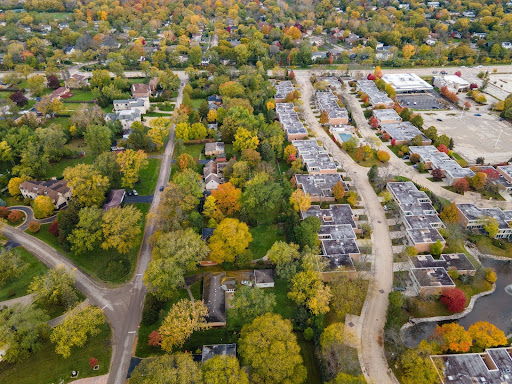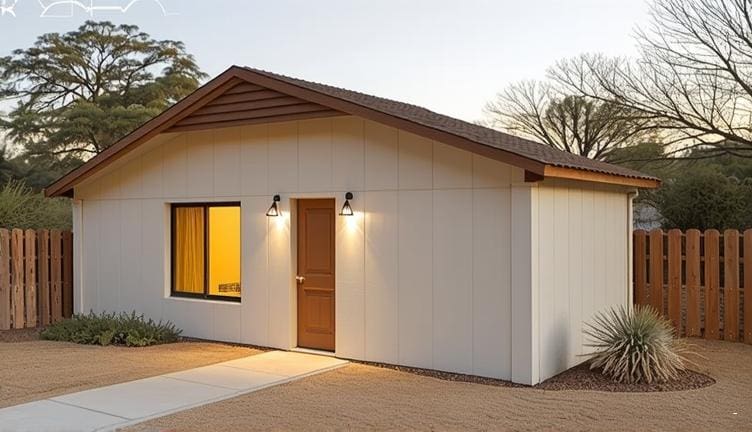The Rise of Tiny Homes in Tucson
Tiny homes have become an increasingly popular choice among residents of Tucson and the surrounding areas. This trend reflects a broader movement towards maximizing space and efficiency in living environments. The appeal of tiny homes lies in their ability to offer comfortable living while minimizing the physical footprint. In Tucson, a city renowned for its unique cultural and geographical landscape, tiny homes provide an opportunity to enjoy urban living without compromising on lifestyle quality.
Tucson’s vibrant culture and diverse landscape make it an ideal setting for tiny homes. The compact nature of these homes fits well within the urban environment, offering a sustainable solution to housing shortages and increasing property values. With a focus on efficiency and minimalism, tiny homes allow residents to enjoy the benefits of a simplified lifestyle while staying connected to the heart of the city.
Unique Design Choices
Tucson homeowners have embraced various design elements to personalize their tiny homes. From architectural styles to interior design choices, each tiny home reflects the unique preferences of its owner. Many Tucson residents incorporate Southwestern aesthetics, using materials such as adobe and stucco to blend with the local environment. Sustainable materials are often favored, with bamboo flooring and recycled metal accents being popular choices.
Interior design in tiny homes often prioritizes functionality, with multi-purpose furniture and creative storage solutions. This focus on practicality ensures that even the smallest spaces can be both beautiful and livable. The use of natural light and open-plan layouts helps to create a sense of spaciousness, making these homes feel larger than their physical dimensions suggest.
Interviews with Tucson Homeowners
Speaking with Tucson residents who own tiny homes reveals a wealth of insights into the motivations and experiences associated with this lifestyle choice. Many homeowners cite the desire for a simpler, more sustainable way of living as a primary motivator. The decision-making process for design and construction often involves careful consideration of personal needs and environmental impact.
One Tucson homeowner shared their story of transitioning to a tiny home to reduce living expenses and environmental footprint. “Living in a tiny home has allowed me to focus on what truly matters,” they explained. “I’ve found a new sense of freedom and connection with my community.” These personal stories highlight the transformative potential of tiny homes in enhancing quality of life.
Functional Features of Tiny Homes
Tiny homes in Tucson are equipped with innovative features that enhance their functionality. Space-saving solutions such as lofted sleeping areas and fold-out tables are common, allowing residents to make the most of limited space. Multi-purpose furniture, like sofas that convert into beds, further optimize living areas.
Smart home technology is also increasingly integrated into tiny homes, offering conveniences such as automated lighting and climate control. These features contribute to a comfortable and efficient living environment, ensuring that tiny home residents enjoy modern amenities despite their compact living spaces. For more information on tiny home design innovations, visit [Tiny House Design](https://www.tinyhousedesign.com).
Transformative Impact on Properties
Adding a tiny home can significantly transform the properties of Tucson homeowners. Beyond providing additional living space, tiny homes can increase property value and offer rental income opportunities. Many homeowners utilize their tiny homes as guest houses, home offices, or rental units, adding versatility to their properties.
The ability to generate rental income is particularly appealing in a city like Tucson, where tourism and seasonal visitors create demand for short-term accommodations. This potential for income generation makes tiny homes an attractive investment for property owners looking to maximize their real estate assets.
Lifestyle Changes and Benefits
Living in a tiny home has led to notable lifestyle changes for many Tucson residents. The reduced living expenses associated with tiny homes allow homeowners to allocate resources to other priorities, such as travel or hobbies. This shift towards simplified living often results in a deeper connection with the community, as residents spend more time engaging with local events and activities.
Homeowners frequently express satisfaction with their decision to downsize. “Moving into a tiny home has simplified my life in ways I never imagined,” one resident noted. “I’ve discovered a new sense of freedom and contentment.” These testimonials underscore the positive impact that tiny homes can have on personal well-being and community engagement.
Local Regulations and Support for Tiny Homes
Navigating local regulations and zoning laws is a crucial aspect of tiny home ownership in Tucson. The city has specific guidelines regarding the construction and placement of tiny homes, which homeowners must adhere to. Local government support for tiny homes is evident in initiatives aimed at promoting sustainable housing solutions.
For those interested in exploring the regulatory landscape further, the [City of Tucson Planning and Development Services](https://www.tucsonaz.gov/pdsd) provides valuable resources and information. Understanding these regulations is essential for anyone considering adding a tiny home to their property.
Future of Tiny Homes in Tucson
The future of tiny homes in Tucson looks promising, with continued growth and interest expected in the coming years. As more people recognize the benefits of tiny living, the market for these homes is likely to expand. Challenges such as zoning restrictions and availability of suitable land may arise, but the demand for sustainable, affordable housing solutions will continue to drive innovation in this sector.
Cultural and environmental factors unique to Tucson will likely influence the popularity of tiny homes. The city’s commitment to sustainability and its rich cultural heritage provide a supportive backdrop for the continued success of tiny homes in the region. As the movement grows, tiny homes are poised to become an integral part of Tucson’s urban landscape.


